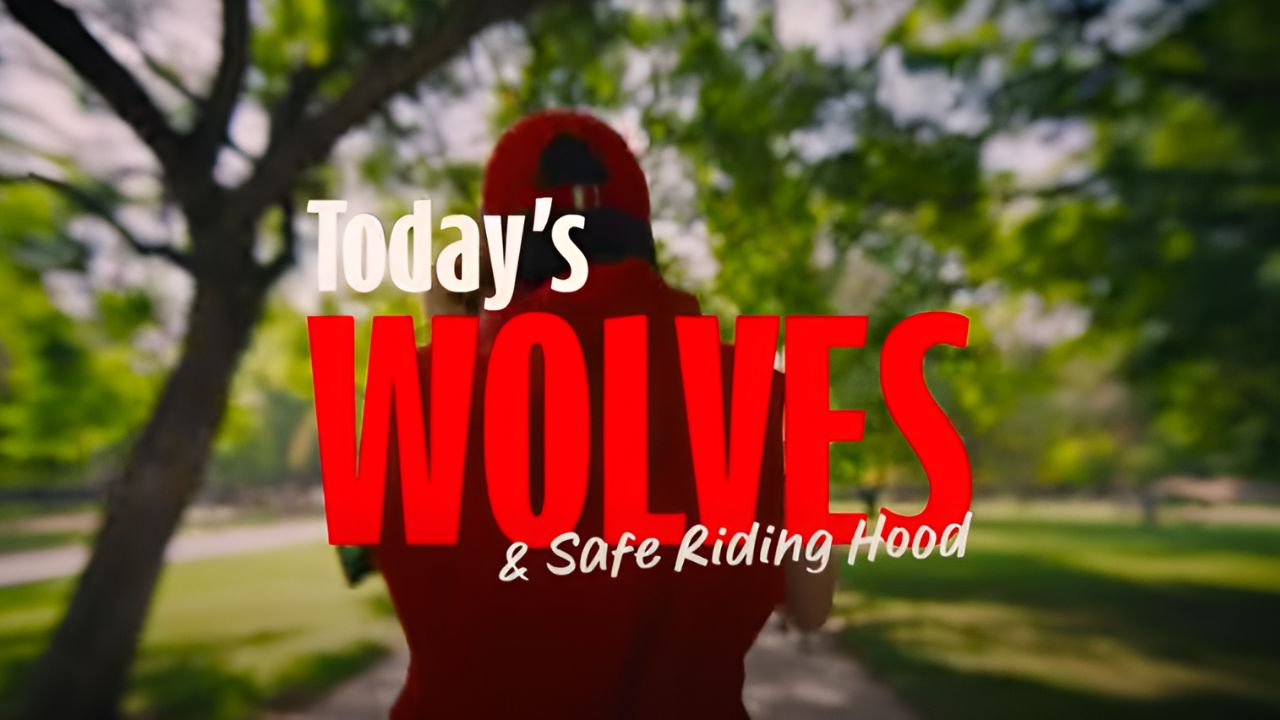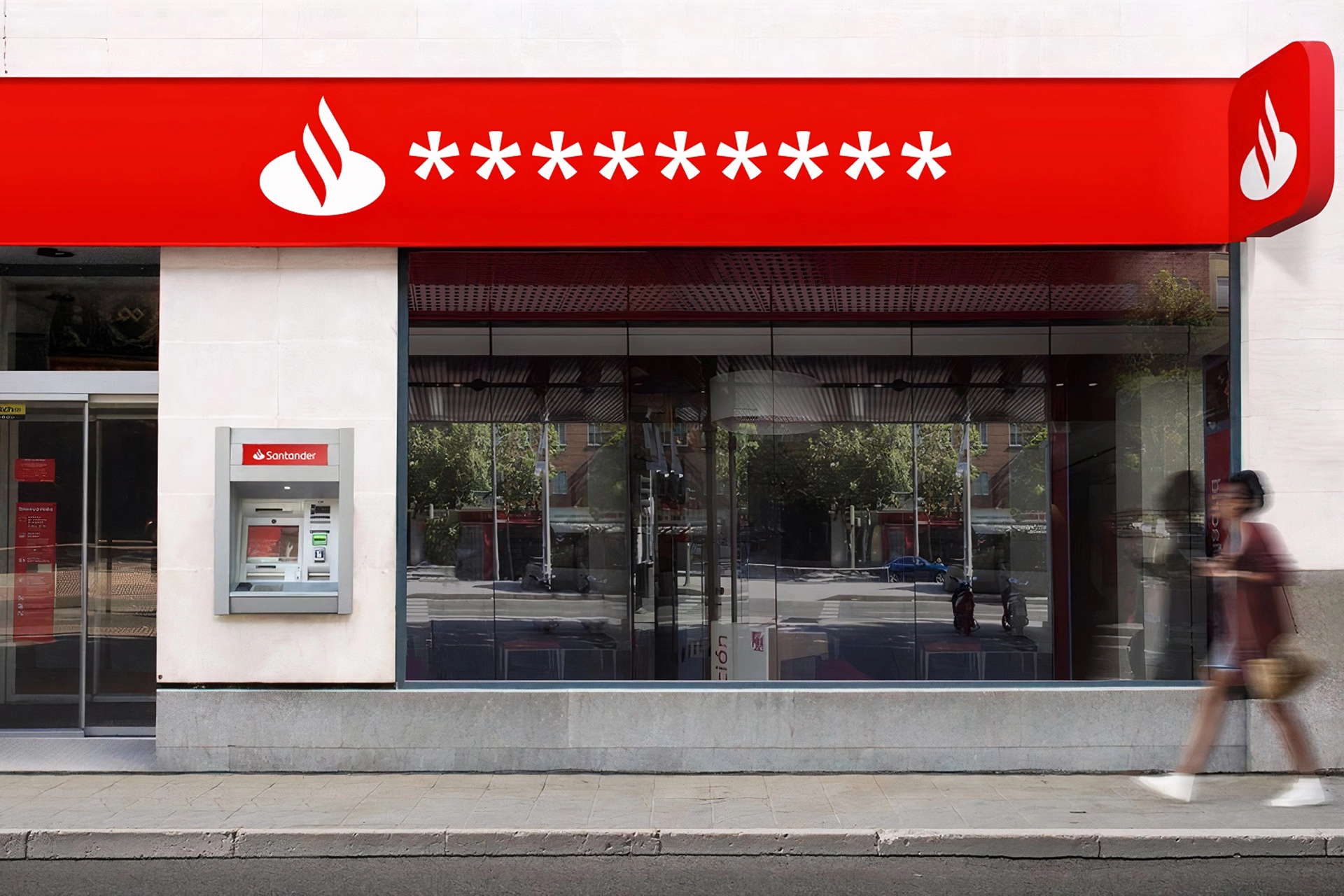Last update: 09/10/2025
Deepfakes are becoming more common and cybercriminals are using them to steal private information and trick you into sending money to fake accounts. Here’s how to protect yourself against this type of scam.
A deepfake is a video, image or audio file that has been altered to impersonating someone. With artificial intelligence (AI), criminals can copy a person’s face or voice to make it seem like someone is saying or doing something they didn’t actually do.
At first, deepfakes were just for fun, but today scammers are using them to target people and businesses.
To explain the danger of deepfakes, we’ve chosen a very popular impersonation case, the tale of Little Red Riding Hood, where the “wolf” pretends to be the grandma. Today’s “wolves” are no longer in the forest. They’re on your devices, using videos and calls that look and sound real to impersonate someone you trust, such as a family member or your bank.

Deepfake Types
Voice cloning
AI can copy someone’s voice from a short recording and make it sound like a family member, a friend or someone you work with.
Lip sync
The movement of someone’s lips can be changed to match a different sound, so they can use a real video to deliver a fake message.
Face swap
AI can swap faces in a photo or video, even live during a call. This can make you believe you’re talking to the real person.
How to protect yourself against deepfakes
- Don’t rely on the phone number or profile picture
Scammers can spoof phone numbers and steal profile photos to make a fake call look real.
- Don’t trust personal details alone
Criminals may know your birthday, address or other private information from the internet or data leaks. That doesn’t prove the call is genuine.
- Have a secret phrase
Agree on a special word or phrase with trusted people. If the caller doesn’t know it, be suspicious.
- Stay calm
Scammers often try to create a sense of urgency. They might pretend to be a loved one in trouble and ask you to send money quickly.
- Stop, think and verify
Don’t always trust what you see or hear. Check using the contact details you already have.
How Santander is tackling these challenges
At Santander, we work to stay ahead of evolving threats, by using advanced monitoring and detection systems to prevent fraud and scams in real time. Innovations like our screen sharing detection technology, which automatically blurs the App´s screen making sure that you banking information is kept safe from scammers, is just one example of how we’re constantly strengthening our defenses.
Alongside technology, we run regular awareness campaigns and provide practical tools to help customers protect themselves, creating a safer digital experience for everyone.









